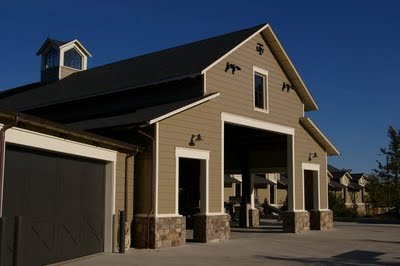
[Continuing my brief write-ups from Napa.] I had lunch and a tasting with Barry Wiss, a charming host who had a pile of my wine science books for signing. Education is a big emphasis at Trinchero, and here they have a particular focus on wine and food. Trichero run an education centre, offering a range of classes in food and wine that can lead to certification.
The facility I visited in Napa is a new one (the site was previously occupied by Folie à Deux), and it is devoted to high-end wines, with a sparkling new winery. The beautifully designed visitor facility and restaurant offer scenic views of the surrounding vines. Trinchero Napa Valley makes just 13 000 cases annually from estate vineyards.
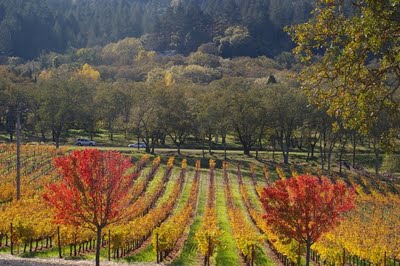
But you are more likely to have heard or Trinchero’s more commercial wines, including the famous Sutter Home White Zinfandel. Trinchero is actually the second largest family-owned wine company in the world (only Gallo eclipses them), with a 13 million case annual production.
It was in 1920 that the Trinchero family came to the USA from Italy. Mario was a speakeasy bartender in 1920s New York, and his older brother John became a broker buying bulk wine and sending it to the east coast. In his travels he found a run down winery, Sutter Home, and bought it in 1947, paying all he had ($12 000). Here he started making wine on a small scale.
They muddled along, and in 1960 John handed over winemaking duties to his son Bob. In 1968 Bob made his first Reserve Zinfandel. In 1972, he took off the free run juice and made a Zinfandel Rosé, which he named
oeil de perdrix in homage to the classic European style. It wasn't a great success.
But then the Trincheros had a lucky break. In 1974 two things conspired to change their fortunes. Bob's pink Zinfandel experienced a stuck fermentation, leaving it slightly sweet. And rather than label it
oeil de perdrix he decided on 'White Zinfandel'. The wine exploded in popularity, and was to form the basis of the rapid expansion of the Sutter Home brand.
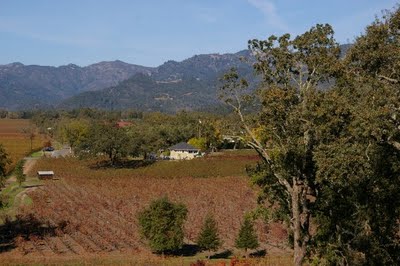
However, not everyone was so keen on this new creation. Bob Mondavi and the Beringers, neighbours in the Napa, criticized Bob Trinchero for associating Napa with a wine like this. [Ironically, Beringer now sell more white Zinfandel than anything else they make.]
These days, Trinchero is still family owned. Bob is chairman of the board, with his younger brother Roger as CEO. President is Bob Torquelson, whose the first in this post from outside the family.
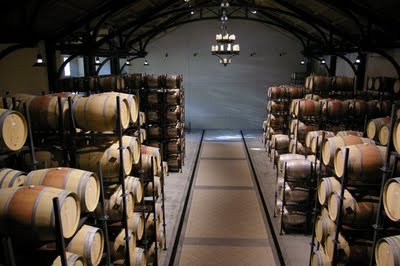
Green issues are a concern to Trinchero. Their 250 acres of Napa vineyards are certified Napa Green. Their 7000 acres in Lodi also have sustainable certification. One of the Lodi wineries is 100% solar power operated, with one of the largest solar facilities in the state. 'It is a huge capital expenditure,' says Wiss, 'but we are looking into the future.'
Trinchero have even tried biodynamics in one of their Napa vineyards. It's a property where they have some cattle, too - 23 acre Chicken Ranch vineyard in Rutherford. Interestingly, the Cabernet Sauvignon vines in this vineyard had a bad leafroll virus problem, and within a few years of farming with biodynamics this was cured.
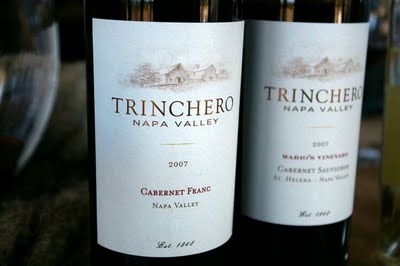
What about the wines? They’re made in quite a sweetly fruited, blockbuster style. The Mary’s Vineyard Napa Sauvignon Blanc 2008 ($20) was bright, refined and lemony with a creamy texture. Mario’s Vineyard Cabernet Sauvignon 2007 ($50) was sweet, rich, lush and ripe, but not without hedonic appeal (15.3% alcohol), and the Cabernet Franc 2007 was probably the most distinctive wine, with a subtle greenness to the lush, dark autumnal fruits and incredibly soft tannins ($35).
Labels: napa
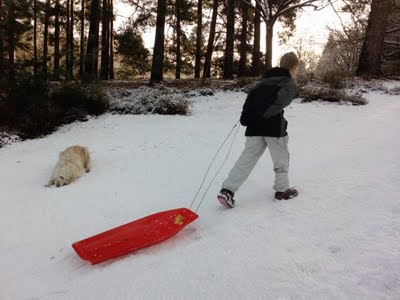
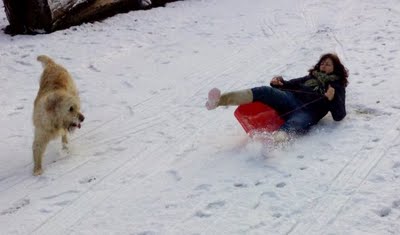
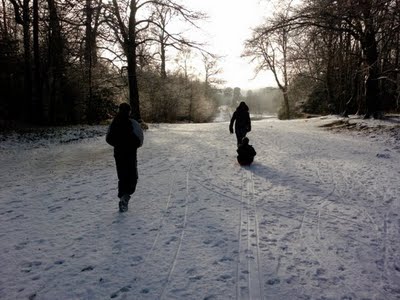
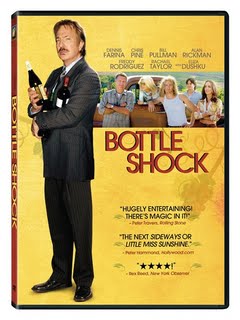

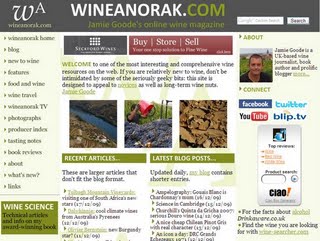
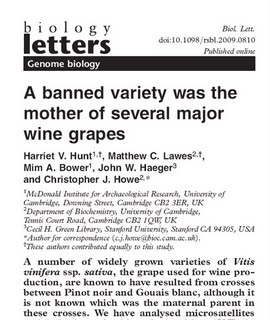
 The web log of wine journalist Jamie Goode. Feel free to nose around; your comments are welcome
The web log of wine journalist Jamie Goode. Feel free to nose around; your comments are welcome 
